Can Squirrels See Color as Vibrantly as We Do?
Can squirrels see color? Ever pondered this while watching them scamper about? The answer is yes, but not quite like we do. While us humans enjoy a full spectrum of shades, squirrels see the world with a unique twist, especially when it comes to reds and greens. Let’s take a look into the colorful world of squirrel vision!
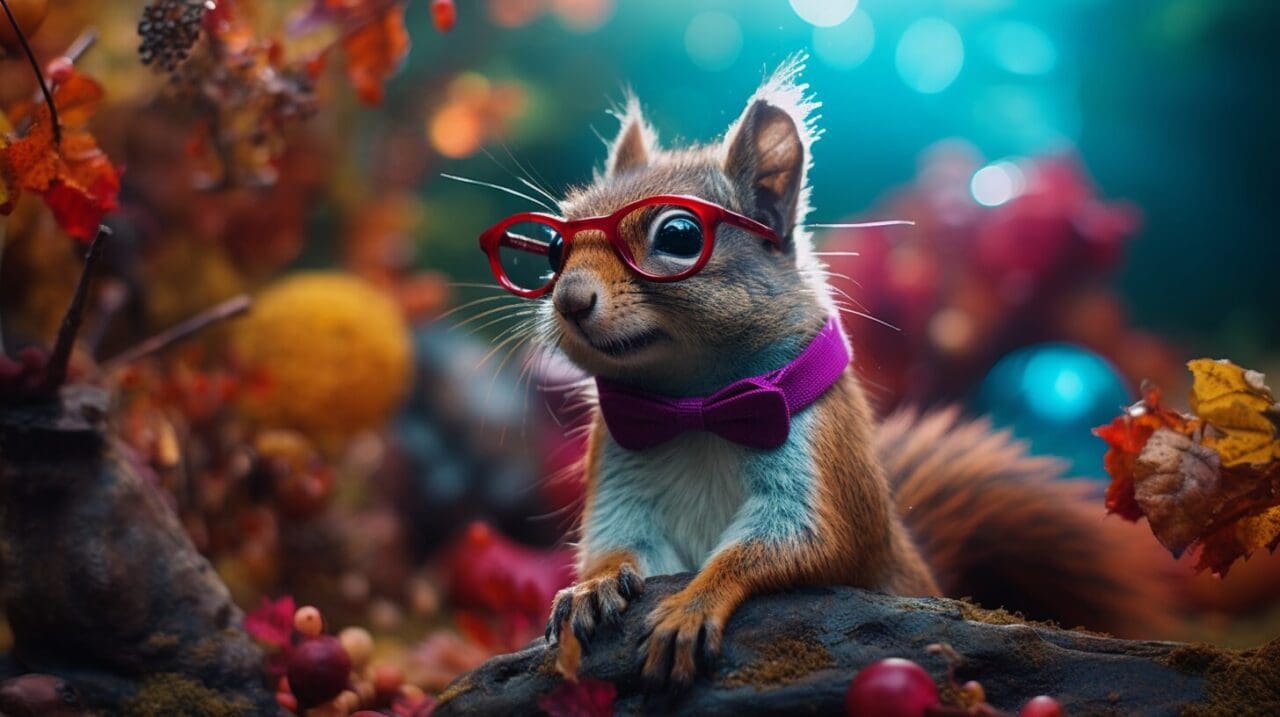
Looking for a Rehabber? Here are 3 Resources
- Squirrel Rehab Locator Map – input your zip code or city into the search bar of Google Maps.
- Animal Help Now – licensed rehabber directory
- Squirrel Connections – licensed rehabber directory by state
Key Takeaways:
- Squirrels see the world in color but can’t distinguish red from green very easily. Other hues like yellow and purple pop out to them.
- With excellent vision, squirrels can spot food and predators without hardly moving their heads.
- Vibrantly colored fruits and veggies catch a squirrel’s eye. They love munching on carrots, tomatoes, and more from your garden.
- Squirrels are resourceful and will eat fruits, nuts, fungi, and sometimes meat too. Their diverse tastes help them thrive.
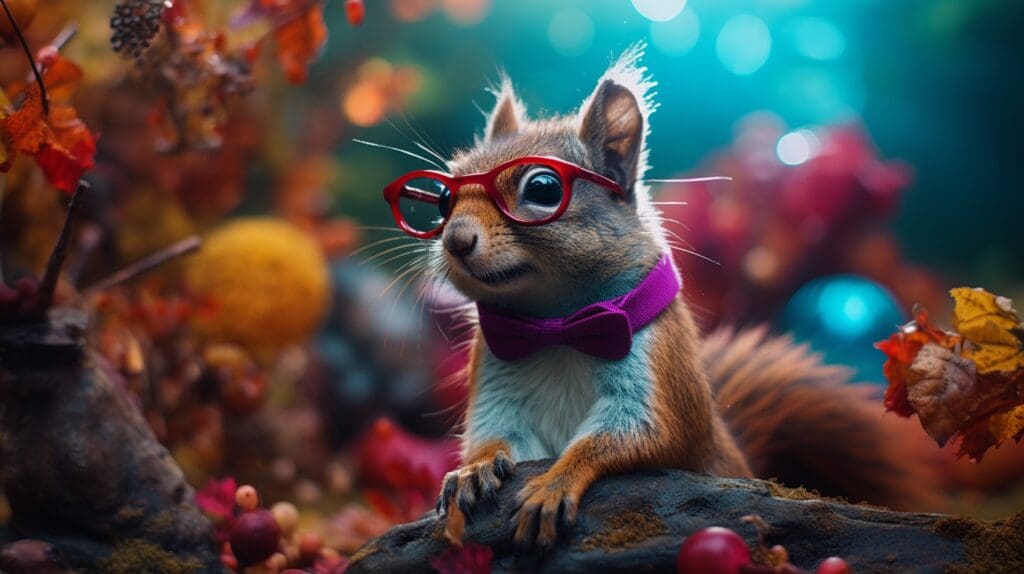
Understanding Squirrel Vision
What is Dichromatic Vision?
- “Dichromatic” means seeing with two colors. Squirrels have this kind of vision.
- Because of this, squirrels can’t tell the difference between red and green. To them, these colors look pretty much the same.
How Do Squirrels See Colors?
- While reds and greens blend together for squirrels, they can still see other colors like blue and yellow really well.
- This color vision helps squirrels in their daily life, like finding yummy food and staying away from things that might harm them.
The Special Cells in Squirrel Eyes: Cones
- Our eyes have special cells called “cones” that help us see colors.
- Humans have three types of cones, so we see a lot of colors. Squirrels, however, have only two types.
- Because of this, squirrels see some colors differently than we do. For example, they can’t see all the shades of red and green that we can. But they’re really good at spotting yellows and blues.
Why is Color Vision Important for Squirrels?
- Even though they don’t see colors the same way we do, being able to see some colors is super useful for squirrels.
- Imagine trying to find a yellow nut in blue grass. If you can see yellow and blue clearly, it becomes much easier!
Squirrels vs. Humans: A Colorful Comparison
- Here’s a cool diagram that shows how squirrels see colors compared to humans:
Squirrels’ Color Vision:
Humans’ Color Vision:
Here’s a diagram showing the difference between normal vision and how squirrels see red and green; which is very similar to how humans with red-green colorblindness see those shades.
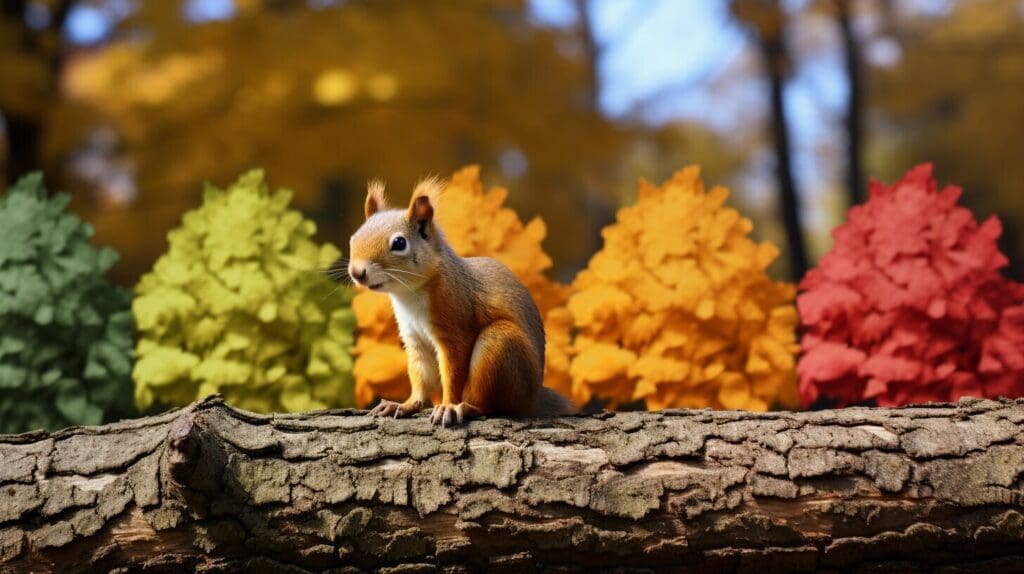
More Squirrel Vision Facts
Here’s a snappy peek into what it’s like to view the world from a squirrel’s treetop!
1. Color Vision
- Squirrels see color but not as many as humans.
- They can’t tell red from green very well.
- But they can still see other bright colors to find food and stay safe.
2. Vision Beyond Color
- Squirrels can see all around without moving their heads.
- This helps them spot predators and get around.
3. Cones for Color
- Squirrels have two types of cones to see color.
- Humans have three, so we see more colors.
- A squirrel’s color vision helps it survive.
4. How Color Vision Affects Behavior
- Color helps squirrels know what to eat and what to avoid.
- Bright veggies attract them.
- Good vision helps them find lots of food.
5. Problems for Humans
- A squirrel’s good vision can cause issues.
- They might chew on colorful cables.
- They’re good at finding ways into houses.
6. Resourceful Eaters
- Squirrels adapt and eat many foods.
- They eat nuts, fruits, bugs, and more.
- Their great vision helps them find different foods.
Subscribe to the Free VIP Squirrel Scoop Insider Magazine
Written by none other than Bart the Balcony Squirrel, this lighthearted take on life and current squirrel-related world events is sure to bring a smile to your face. From his perch on the Kitty City Squirrels balcony, Bart brings a unique and entertaining perspective to every issue. Why wait, Subscribe now!

Quotes
“Squirrels have a distinctive vision system that allows them to navigate their environment and find food efficiently,” says Dr. Jane Daniels, a squirrel expert.
Squirrels are good at using their vision to survive. They have adapted to see color differently than humans. A squirrel’s color vision is interesting. It helps explain how squirrels act and relate to their environment. Learning about how squirrels see color tells us a lot about them.

Overcoming Vision Limitations
While squirrels have dichromatic limitations, their color perception is specialized for their needs. Their excellent visual acuity also assists navigation, foraging and awareness. Squirrels have adapted to leverage their unique vision expertly.
| Squirrels and Color Vision | |
|---|---|
| Color Perception | Dichromatic (red and green) |
| Visual Acuity | Excellent |
| Ability to Distinguish Colors | Limited (red vs green) |
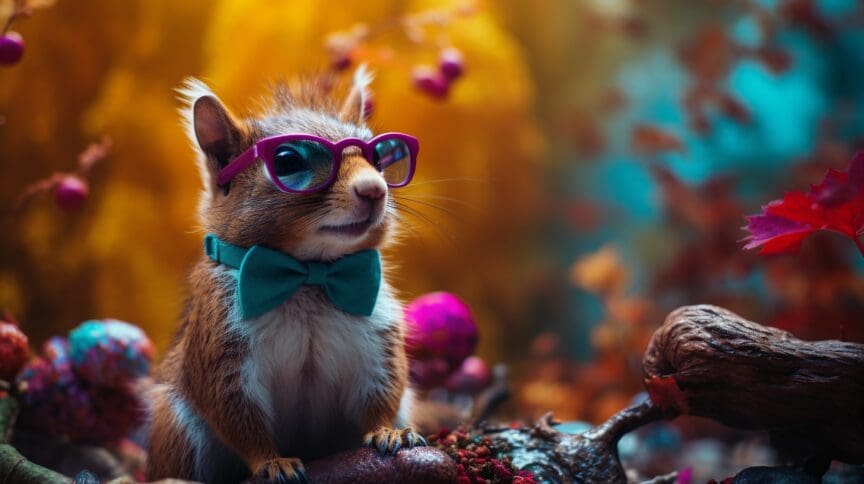
More Than Just Color Vision
Squirrels don’t just see in color – they’ve got panoramic super-vision! With a wide-angle view and minimal head wiggles, they’re always one step ahead. It’s like they’ve got built-in binoculars for top-notch survival!
| Color | Squirrel Perception |
|---|---|
| Red | Recognizable |
| Green | Recognizable |
| Red vs. Green | Somewhat indistinguishable |
The Role of Color Vision in Squirrel Behavior
While squirrls might not see the rainbow like we do, their two-tone color vibes are perfect for their wild lifestyle. Whether it’s spotting a delicious snack or dodging a sneaky predator, their eyes are always on the prize!

“I see colors, but can’t we just agree that everything looks better in shades of nuts?”
Vibrant Veggie Appeal
Even if squirrels can’t perceive the color red in the same way humans do, they have other ways to identify ripe fruits like tomatoes:
- Brightness and Contrast: While squirrels might not see the color red as we do, they can still detect changes in brightness. A ripe red tomato will appear brighter or more contrasting against the green foliage than an unripe green one.
- Texture and Smell: As tomatoes ripen, their texture changes, becoming softer. Squirrels have a keen sense of touch and smell. A ripe tomato will emit a stronger scent compared to an unripe one, attracting squirrels.
- Experience: Over time, squirrels learn from experience. They can remember which fruits were tasty and nutritious in the past and will be more likely to revisit and recognize similar fruits in the future.
- Other Cues: Squirrels might also observe other animals. If they see birds or other creatures feasting on certain fruits, they might be inclined to check them out too.
| Vegetable | Color | Squirrel’s Attraction |
|---|---|---|
| Tomato | Red | High |
| Carrot | Orange | High |
| Cabbage | Green | Medium |
Squirrels’ Resourcefulness and Adaptability
Who needs a full spectrum of colors when you’re as crafty as a squirrel? These bushy-tailed dynamos might not see every hue like we do, but they sure know how to rustle up a banquet! From munching on nuts to savoring fruits and even nabbing a cheeky insect, squirrels are the ultimate woodland gourmets. Their recipe for success? A dash of adaptability, a sprinkle of keen senses, and a whole lot of survival flair!
“Squirrels are the original foodies, always on the hunt for the next mouth-watering morsel.”
With eagle-eyed vision, they can spot a treat from a mile away and zoom over in a flash. City or forest, rain or shine, their peepers and quick moves make sure they’re always pantry-ready. And while they might not see the world in HD color like we do, they’ve got their own vibrant way of navigating it.
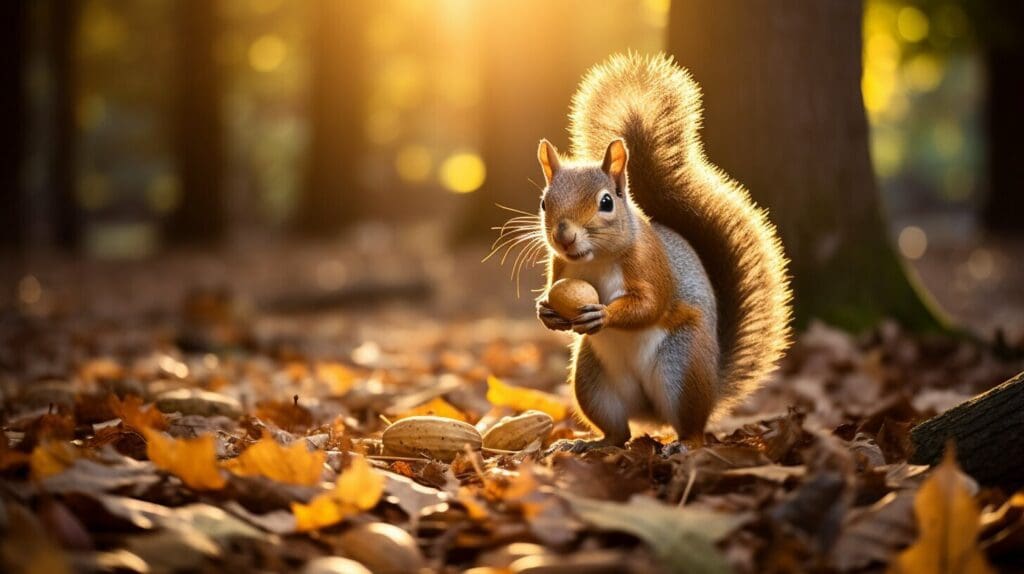
“Squirrels are the true foodie adventurers of the animal kingdom,” states Dr. Emily Acorn, a renowned wildlife biologist.
“They explore their surroundings using their impressive vision to discover new and exciting food sources. Whether it’s raiding bird feeders or scavenging through picnic leftovers, squirrels will stop at nothing to satisfy their taste buds.
Squirrel’s Resourceful Nature
With sharp senses and a curious appetite, they’re always on the hunt. Nuts, seeds, a surprise snack, or even leftovers from a picnic – if it’s edible, they’re on it. And those keen eyes? They’re the secret sauce to their scavenging success!
| Favorite Foods | Dietary Preferences |
|---|---|
| Nuts | High in fats and proteins |
| Fruits and vegetables | Rich in vitamins and minerals |
| Bird eggs and insects | Additional sources of protein |
FAQ
Q: Can squirrels see color?
A: Yes, squirrels have dichromatic color vision, meaning they can see in color but have limited ability compared to humans.
Q: How does squirrel vision differ from human vision?
A: Squirrels can distinguish red and green from other colors but not from each other, similar to red-green colorblindness in humans.
Q: What kind of cones do squirrels have in their eyes?
A: Squirrels have two types of cones in their eyes, allowing them to perceive colors.
Q: Can squirrels see in all directions?
A: Yes, squirrels have excellent vision and can see in front of them, behind them, and to the sides without moving their heads.
Q: What colors are squirrels attracted to?
A: Squirrels are attracted to bright-colored vegetables.
Q: Can squirrels cause trouble for homeowners?
A: Yes, squirrels can cause trouble for homeowners and may be difficult to remove from homes.
Q: Are squirrels omnivores?
A: Yes, squirrels are resourceful omnivores.
Q: How does color vision impact squirrels’ behavior?
A: Squirrels’ ability to see color influences their behaviors, such as their attraction to bright-colored vegetables.
Q: Why are squirrels challenging to remove from homes?
A: Squirrels can be troublesome to remove from homes due to their agility and ability to find alternative entry points.
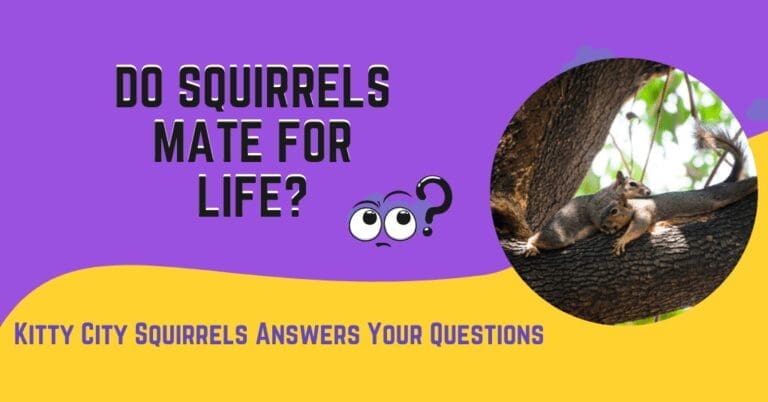




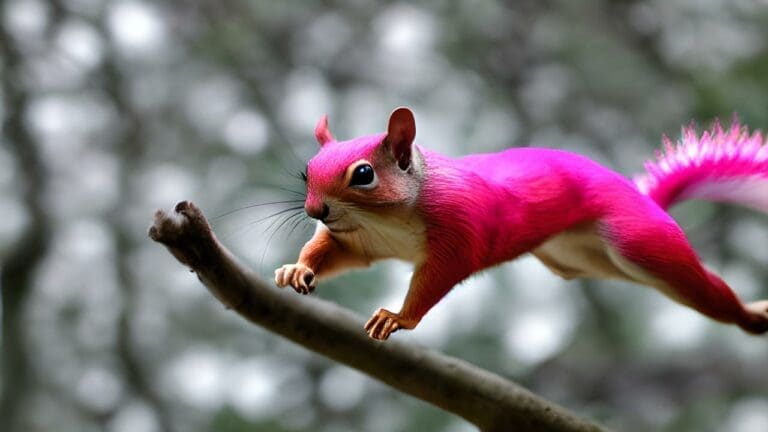
Love it!!! As always a really good reading!!!
Thank you Ms. V for always being an avid reader of the website! We appreciate you. 🙂